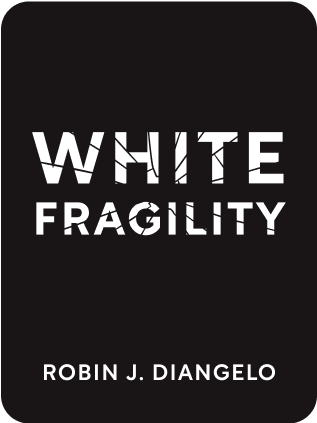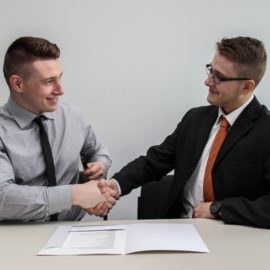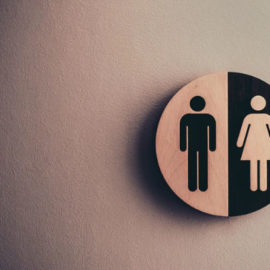

This article is an excerpt from the Shortform summary of "White Fragility" by Robin J. DiAngelo. Shortform has the world's best summaries of books you should be reading.
Like this article? Sign up for a free trial here .
What is racist talk? Is it just using racist expletives or something more?
Racist talk can come even from people who believe they are not racist. It is the subtle way euphemisms are used to cover up the racist undertones.
Read on to understand racist talk as discussed in White Fragility.
Racist Talk
Even as they disavow overt racism, white people act in myriad ways to bolster institutional racism. This is reflected in the ways that white people speak to each other about racial topics—often without ever explicitly mentioning race at all. This phenomenon is known as “race talk” and it is racist talk.
Many experiences of ordinary American life are thick with racial meaning, even when they appear on the surface to be race-neutral. For example, white people automatically associate blackness with crime, danger, and undesirability. In part, this stems from living in highly segregated communities, as most white Americans still do. If you seldom come into contact with people of color, then your perceptions of them will come from stereotypes and media-amplified misrepresentations.
White people will engage in race talk on the topic of black crime by expressing concern about the “character” of a neighborhood, the test scores at a local school, or declining property values. Race does not have to be mentioned at all. It is assumed by all white participants in such a conversation that these negative attributes are definitionally tied to blackness. Such conversations serve to reinforce solidarity between white people (a topic we’ll delve into later in the chapter) and solidify white attitudes about the rightful ordering of the racial hierarchy.
These attitudes, in turn, guide white actions. Thus, in a phenomenon known as “white flight,” white Americans will leave neighborhoods that are becoming more diverse (one study showed that even a tiny 7 percent African-American population in a neighborhood can trigger white flight), citing the desire to send their children to “good” schools. Although it’s not spoken, the assumption is that a “good” school is one attended by few minorities.
Of course, such actions lead to real-world consequences, like underfunded schools and segregation, that are enormously harmful to people of color.
This all speaks to a crucial point—nearly all white people contribute to systemically racist outcomes, even when they believe themselves to harbor no ill will toward people of color. These outcomes matter far more than whatever intentions white people may believe themselves to be motivated by.

———End of Preview———
Like what you just read? Read the rest of the world's best summary of Robin J. DiAngelo's "White Fragility" at Shortform .
Here's what you'll find in our full White Fragility summary :
- Why white people become defensive when confronted with the idea of racism
- How today's racial hiearchy began in roots centuries ago
- How we as society can gradually overcome our deep racial divides






